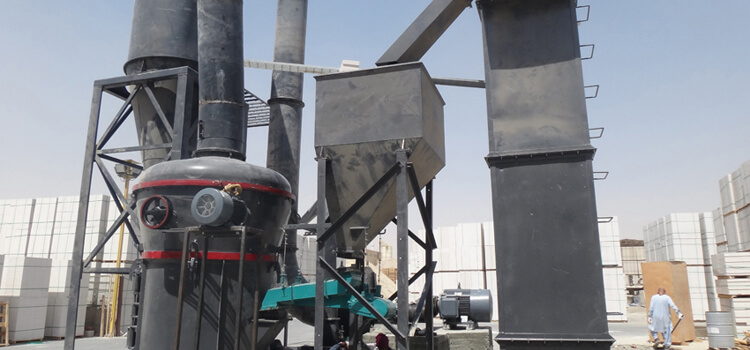
Before introduce dolomite and limestone mill, here explain the difference between dolomite mill and limestone mill.
| Major components | Mohs hardness | Applications | |
| Dolomite | CaMg(CO3)2 | 3.5-4.0 | Metallgury, Construction, Refractory |
| Limestone | CaCO3, SiO2 | 1.0~3.0 | Cement, Construction |
Dolomite and limestone mill are named on the basis of their prevailing impurities, provided the impurities are present in considerable quantities. Thus siliceous or cherty limestones contain considerable quantities of silica; argillaceous limestones contain clay; and ferruginous limestones contain iron oxides, which make the rock reddish or yellowish. Carbonaceous or bituminous limestones contain peat or other organic materials, which may make the rock dark gray or black.
Dolomite and limestone mill consist chiefly of calcareous shells of organisms that inhabit oceans and lakes. Countless generations of them have lived and died, and their shells have accumulated, sometimes to great depths, on sea and lake floors. Such supplies are supplemented by chemically precipitated calcium and magnesium carbonates. Some deposits consist almost entirely of the carbonates and become the sources of pure, highgrade limestones. In other places sand, clay, iron oxide, or other detrital material may be mixed or interbedded with the carbonates in larger or smaller quantities. During later ages beds of sand or clay may have been superimposed, and the resulting earth pressure gradually consolidated the carbonates and other minerals into firm rock.
Through long geologic ages of earth adjustment some of the rocks so formed may have been elevated to occupy land areas where they can be exploited for commercial use. In most instances the original shells have been so comminuted by wave action or reduced by pressure and earth movement that the shell structure has been almost completely destroyed. In some deposits, however, the shells may remain more or less intact. Such rocks may consist predominantly of shells of one kind, and the limestone may be named accordingly, for instance, coral, crinoid, or coquina Dolomite and limestone mill. Chalk is a finegrained white, friable dolomite and limestone mill composed largely of minute shells of foraminifera. Oystershell beds may be regarded as present-day unconsolidated limestones that may in future geologic ages become beds of firm, hard rock.